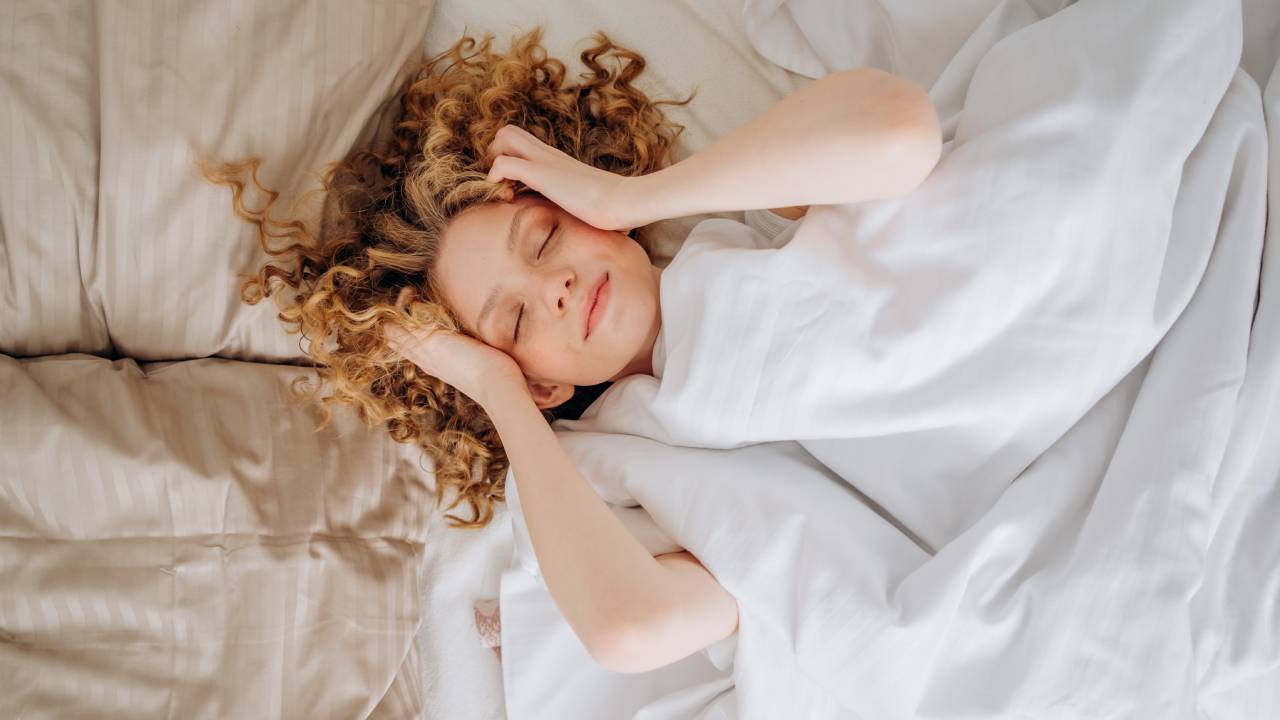

For optimal physical, mental and emotional health and wellbeing, it’s important to prioritise sleep. From investing in the best mattress to creating your own sleep routine and environment, having a good night’s rest can make a world of difference to how you feel and perform day after day.
One thing that’s important to consider when setting up the perfect sleep environment is temperature. The temperature in your bedroom can have an effect on whether you have a restful night or not. If you’re too hot, you’ll find yourself flinging off the covers, tossing and turning and covered in sweat. But if you’re too cold, you’ll burrow deep under the covers and your muscles will take in the chill, making you feel stiff and sore when you wake up.
With this in mind, a recent study conducted by leading scientists and sleep experts has just revealed that there’s an ideal temperature for sleep. The study titled “Nighttime ambient temperature and sleep in community-dwelling older adults” examined the link between bedroom temperature and sleep quality and used sleep monitors and environmental sensors to keep track of sleep duration, restlessness and efficiency.
After several weeks collecting data, the results showed that sleep quality was most efficient and restful when the temperature ranged between 20 and 25°C. When the temperature increased between 25-30°C, sleep efficiency dropped significantly by 5-10%.
Between 20 and 25°C, the temperature inside is warm but not too hot or cold, allowing people to fall asleep more easily and sleep more deeply. But what happens if these conditions aren’t met? Let’s find out.
How does temperature affect sleep?
The main reason why temperature has an effect on sleep is because you need your body temperature to drop in order to fall asleep. When you’re getting ready for bed, your body temperature naturally drops which signals to the brain that it’s time to go to sleep. This drop in temperature starts about two hours before you go to sleep which coincides with the release of melatonin, the sleep hormone which helps regulate the sleep-wake cycle.
Having a bedroom at the optimal temperature can help encourage this natural temperature process to happen and send clearer signals to the brain and body that it’s time to go to bed. Many studies have also shown that sleeping in a cooler room or wearing socks to bed can help with temperature regulation which can encourage you to fall asleep faster, sleep deeper and wake up less times in the night.
Sign up to the T3 newsletter for smarter living straight to your inbox
Get all the latest news, reviews, deals and buying guides on gorgeous tech, home and active products from the T3 experts
How to maintain the best sleep temperature

Stick to a regular sleep schedule
One of the most important tips for great sleep hygiene is to keep to a regular sleep schedule. Your sleep and nighttime routine is completely unique, but making sure you go to bed at the same time every night ensures you’re getting enough sleep to perform properly the next day. Having a tight schedule also means your body will get into the habit of feeling sleepy at a specific time which will help you drift off easier.
Change your bedding with the seasons
For better temperature control, always consider the type of bedding you’re using. When it comes to the best duvet or blankets, it’s important to have a duvet that caters to the season. While you can get all season duvets, sleep experts recommend getting a summer duvet and a winter duvet. As mentioned in our duvet size guide, you should move to a higher tog in the winter and a lower tog in the summer (see when should I change to a warmer duvet for more details). For those who feel the heat regardless of the weather, investing in a mattress cooling pad could solve your problems.
Ventilate your room during the day
Getting air and light into your room during the day keeps your environment cooler, fresher and more hygienic. When it’s time to go to bed, your room should be at a cool temperature which is said to help you sleep better. Keeping the window slightly open while you sleep will help your room come to that perfect sleeping temperature and will make sure you’re still getting fresh air.
Customise your thermostat
If you have the best smart thermostat installed, you can set routines around your home to make sure each room is heated or cooled appropriately. For example, you can customise your thermostat to between 20 and 25°C in your bedroom when you plan on going to sleep to ensure its at the best temperature for sleep.

Beth is Home Editor for T3, looking after style, living and wellness. From the comfiest mattresses to strange things you can cook in an air fryer, Beth covers sleep, yoga, smart home, coffee machines, watches, grooming tools, fragrances, gardening and much more. If it's something that goes in your house, chances are Beth knows about it and has the latest reviews and recommendations! She's also in the know about the latest deals and discount codes from top brands and retailers.
Having always been passionate about writing, she’s written for websites, newspapers and magazines on a variety of topics, from jewellery and culture, to food and telecoms. You can find her work across numerous sites, including Wedding Ideas Magazine, Health & Wellbeing, The Bristol Post, Fashion & Style Directory, TechRadar, CreativeBloq and more. In her spare time, Beth enjoys running, reading, baking and attempting craft projects that will probably end in disaster!
-
 Ninja’s new indoor grill can cook 10 burgers at a time – but you might not get it
Ninja’s new indoor grill can cook 10 burgers at a time – but you might not get itNinja supersizes its Sizzle Pro indoor grill
By Bethan Girdler-Maslen Published
-
 What new TV Licence rules mean for Netflix and Prime Video subscribers
What new TV Licence rules mean for Netflix and Prime Video subscribersHint: nothing yet, but that may change soon
By Britta O'Boyle Published
-
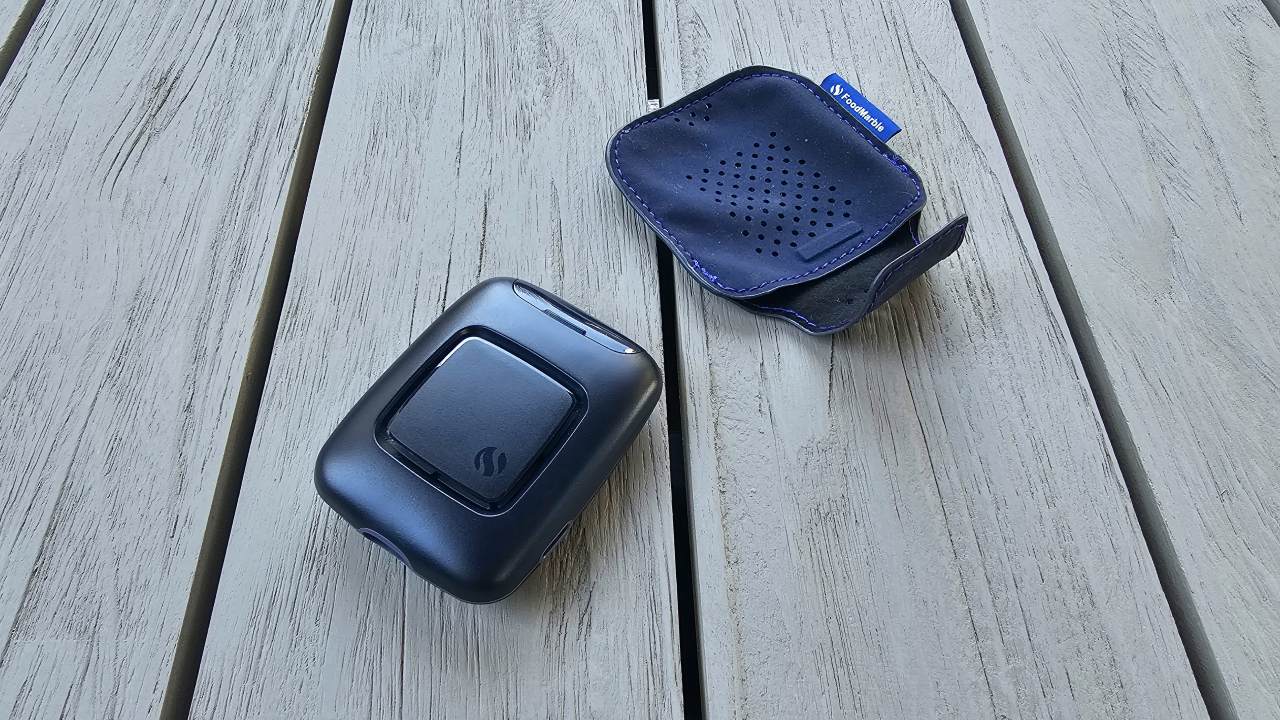 I spent 6 weeks with the FoodMarble Aire 2: here’s what I learned about my gut health
I spent 6 weeks with the FoodMarble Aire 2: here’s what I learned about my gut healthI’ve been testing the clever breath-testing gadget with the companion app over several weeks to find out if it delivers on its promises
By Lee Bell Published
-
 Oil pulling is going viral on TikTok for stopping morning breath – but does it actually work?
Oil pulling is going viral on TikTok for stopping morning breath – but does it actually work?4 hacks that prevent morning breath, according to a sleep expert
By Bethan Girdler-Maslen Published
-
 These limited edition McLaren x Loop earplugs are what you need for Formula 1 season
These limited edition McLaren x Loop earplugs are what you need for Formula 1 seasonMcLaren teams up with Loop on limited edition noise-reducing earplugs
By Bethan Girdler-Maslen Published
-
 5 sleep supplements that help me achieve 8+ hours of rest every night
5 sleep supplements that help me achieve 8+ hours of rest every nightIt took me years to perfect my sleep routine – here are the supplements that helped
By Lizzie Wilmot Published
-
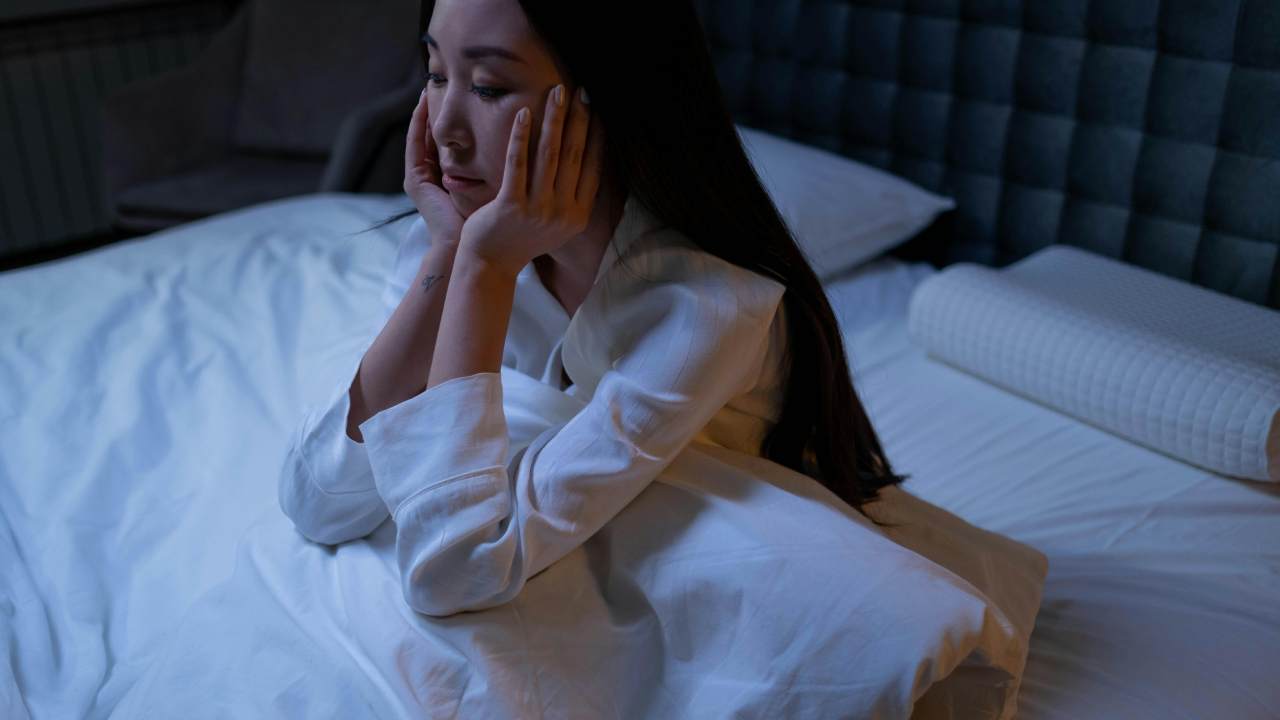 3 reasons why you wake up at 3am every night – and how to avoid it
3 reasons why you wake up at 3am every night – and how to avoid itAlways waking up in the middle of the night? This could be why…
By Bethan Girdler-Maslen Published
-
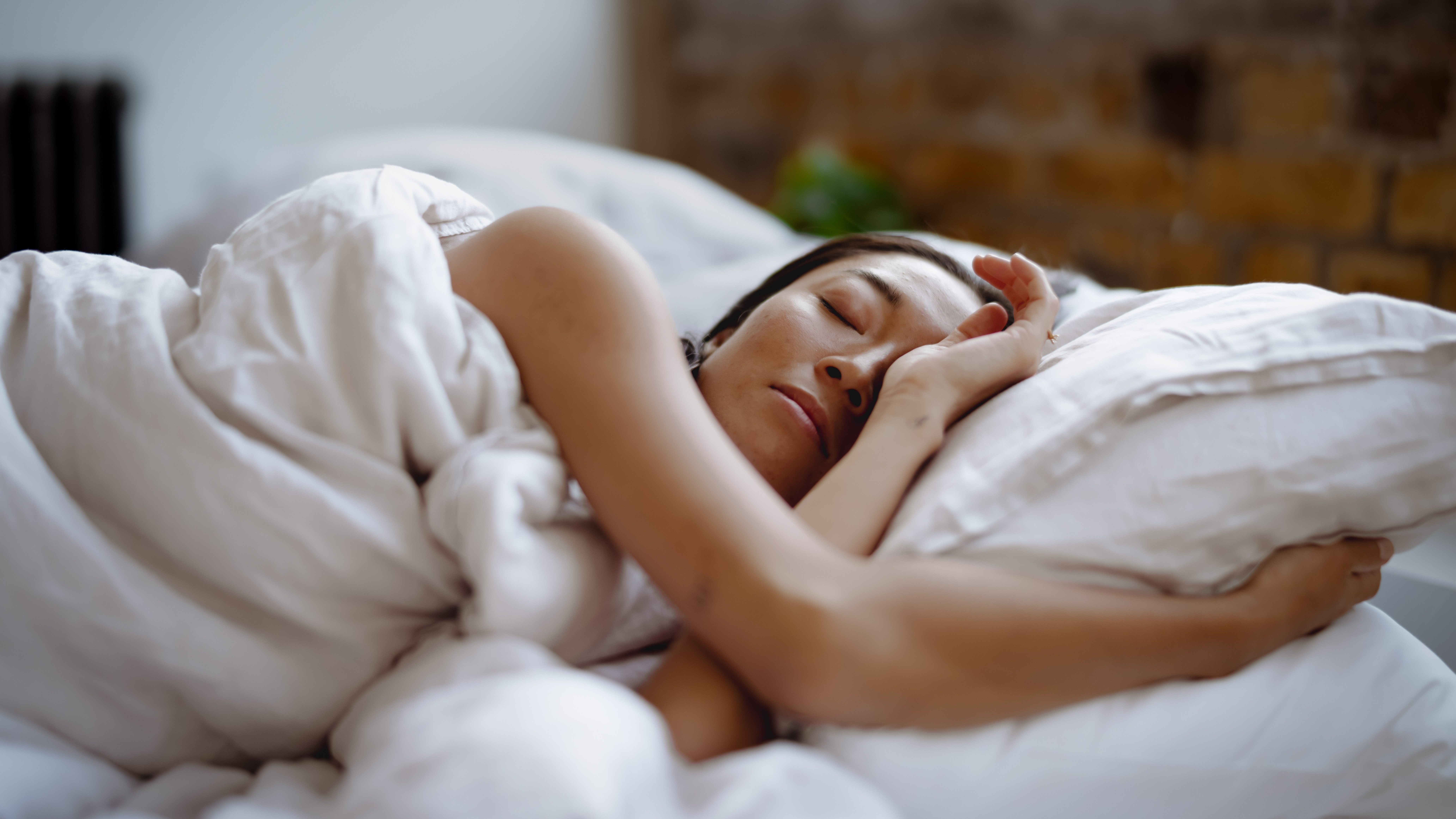 This tiny device will automatically disable your distracting apps before you sleep
This tiny device will automatically disable your distracting apps before you sleepSay hello to Kip...
By Lizzie Wilmot Last updated
-
 Therabody experts give 7 tips for perfecting your sleep routine for World Sleep Day
Therabody experts give 7 tips for perfecting your sleep routine for World Sleep DayFrom breathing exercises to sleep masks, here’s how to prioritise sleep, according to experts
By Bethan Girdler-Maslen Published
-
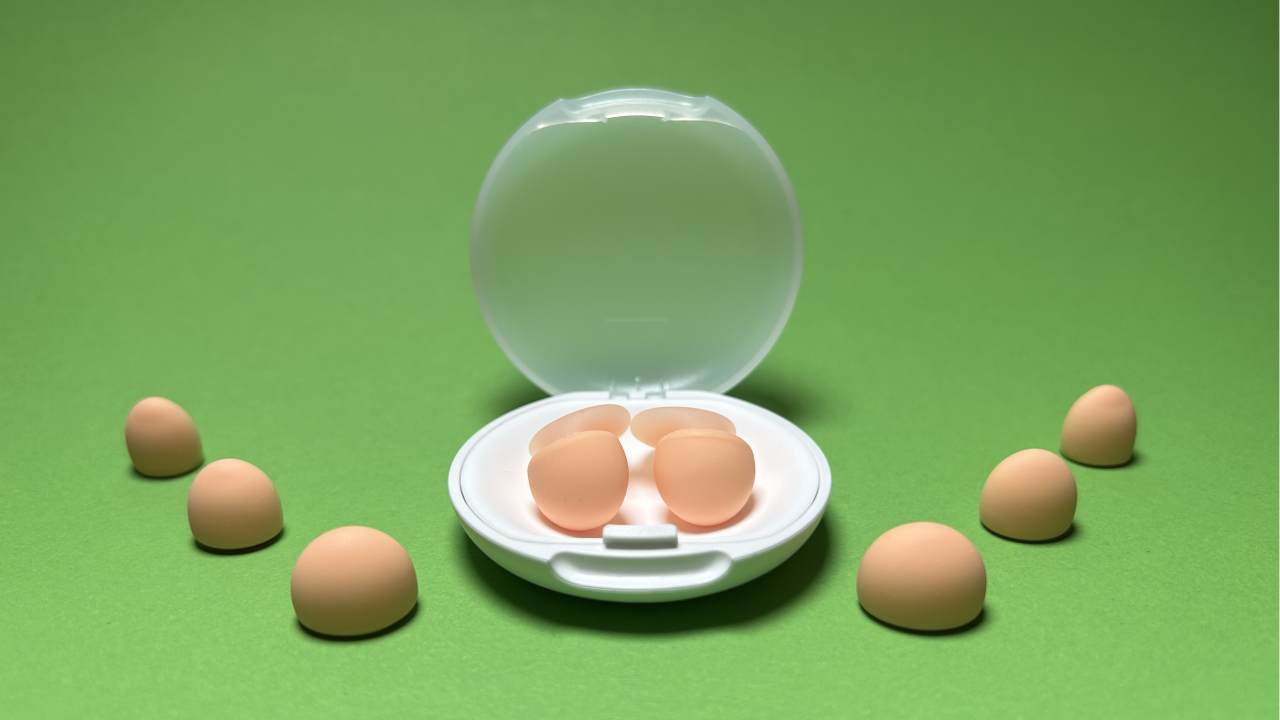 Loop Dream review: super soft earplugs to help you snooze soundly, even if you’re a side sleeper
Loop Dream review: super soft earplugs to help you snooze soundly, even if you’re a side sleeperSquishy silicone and uniquely shaped ear tips take Loop’s nighttime earplugs to dreamy heights
By Joanna Ebsworth Published